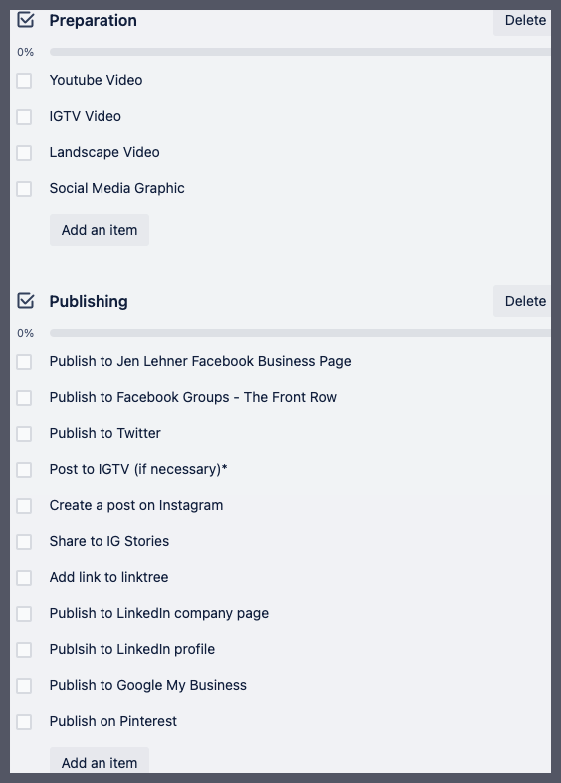A virtual assistant is a person who works remotely in your business. This means that they could be on another floor in your office building, down the street, or across the globe.
I know virtual assistants who charge $100 per hour, and virtual assistants who charge $4 an hour.
Typically, as you might expect, the more specialized a person’s skills, the more you will pay. Also, if you are hiring in the western part of the world, where the cost of living is high, you can expect to pay more. If you hire from somewhere like the Philippines, South America, or India, you can expect to pay less.
There are lots of misconceptions about these rate differences.
Misconception #1:
Paying someone less than $10 per hour is unethical.
False. If you hire someone in the Philippines, for example, understand that the cost of living there is much less than in the USA. The infographic below shows just how different the cost of living is:
For the small business person who can’t afford to pay $25+ per hour, especially at the start, this is a perfect solution.
But the key to success for the business owner and the VA, and what we teach in our program The Front Row CEO, is that it’s important to 1) guarantee hours/use a salary model 2) include bonuses or profit-sharing opportunities.
The salary model: After a trial period of a week to one month, paid hourly, it’s a good idea to start paying your virtual assistant on a “salary model”. (It’s not *really* a salary, as your VA in the Philippines is not recognized as an employee of your company. They are technically freelancers. But you basically pay them the same amount each week.) This will go a long way in instilling confidence and trust for both of you. For the VA, this security will almost guarantee that they will stay with you for years, rather than just weeks or months. The mindset here is that the CEO is more concerned with the work getting done, rather than policing the clock.
Bonuses and profit sharing: As your business grows, everyone grows. When you and your team have success from a product launch, for example, consider rewarding everyone with a cash bonus. Setting goals, with cash rewards, is also a wonderful way to keep morale high. For the VA, this creates a true sense of ownership in your business.
Misconception #2
“The pay is less, but the quality of work is not as good”
False! You can expect to find highly skilled, fluent-in-english, hard-working, dedicated, professional VA’s in the Philippines and all across the world. If you’ve ever hired a virtual assistant and ended up disappointed, there’s a good chance that 1) your hiring process was not set up to screen out those who were unqualified 2) your onboarding process didn’t include the components necessary to set him/her up for success or 3) when he/she started working for you, there were no systems and processes in place, or, those systems weren’t clear.
A common pricing model for the Philippines would be to start at $5 per hour for a trial week, or a trial month, paid hourly.
Once hired, if a full time position, the salary would be $200 per week, or $800 per month.
If part time, $100 per week, or $400 per month.
You can read more about why I recommend a salary model over hourly, here.
If you are hiring in the United States, you can find a general virtual assistant for $25-40 per hour. For 40 hours per week, you should expect to pay $1000 per week, or $4000 month.
The cost of living in the Philippines is much less than in the US. Small business owners can leverage the exchange rate to create a win-win for VA and CEO. If you offer a salary model, and supplement that with generous performance bonuses, holiday bonuses, and profit-sharing, it can be life-changing. The idea is to hire an assistant who will be with you for years, not weeks or months. This is someone who will grow with you, and together, you will grow your business. Over time, the idea is that your VA can be paid the equivalent of a VA anywhere in the world, because your business will have scaled to a level that makes it possible.









